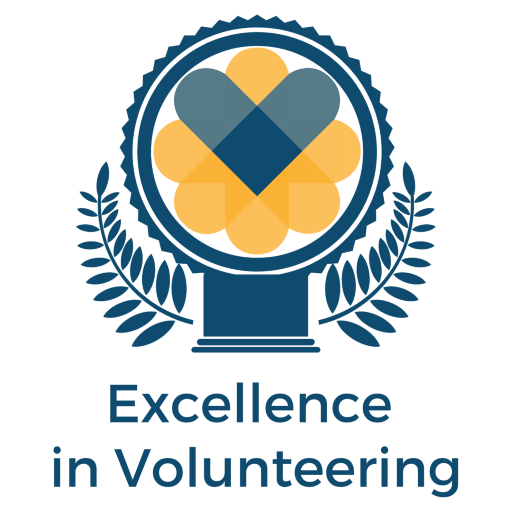|
|
How do the myths surrounding self-harm cause so much damage?
|
When something isn’t understood it’s often feared – history has more than enough proof of that. The act of harming oneself to meet a need is understandably hard to grasp and it frightens people. Fear creates the stigma, the inclination to avoid, treat people with contempt or make assumptions: that people who self-harm are suicidal and will probably kill themselves (these actions are two very different things); that people who self-harm are a danger to others (we turn on ourselves to ensure we don’t hurt others), that people who self-harm are mentally disturbed (mental ill health and self-harm do not necessarily go hand-in-hand).
Lack of education on the subject allows the perpetuation of myths
Lack of education on the subject allows the perpetuation of myths such as “self-harm is a teenage girl thing”, a myth that was based on limited observations and quick drawing of conclusions. Yes, it is more prevalent amongst teenage girls but not exclusively. People of all ages and genders self-ham. So, how is this myth damaging: it stops adults and anybody not identifying as a “girl” reaching out for help. Adults feel they “should have grown out of it” and it makes them feel much more embarrassed, ashamed and self-conscious. It makes self-harm in children be missed or they – same as anybody over the age of 18 – are just expected to grow out of it.
|
There are almost unlimited ways to harm oneselfSelf-harm methods vary a lot too. Even though the most common method is cutting, there are almost unlimited ways to harm oneself. Different methods may be used by people of different ages depending on means; different methods used by people of different genders; different methods because they have different functions for each person. A young child is more likely to use hitting and biting while an older person is more likely to use prescribed medication. Men often discard the idea they’re self-harming because it may take the form of hitting in anger or taking risks. And that’s not all. Disordered eating and eating disorders are forms of self-harm – eating disorders being amongst the most dangerous ones. Over-working, over-exercising, sabotaging opportunities, following the same patterns of forming harmful relationships are all forms of self-harm.
Let's break down the stigma and accept people where they are
Another extremely misleading myth is the idea that “self-harm is contagious”, that talking about it will make people take it on. Education is the only way forward and unless we openly talk about self-harm’s pros and cons, people will keep making ill-informed decisions often getting stuck in the self-harm cycle, the shame and the guilt. All Battle Scars staff and volunteers grab every opportunity to have appropriate conversations about self-harm, talking openly about their own experiences and helping others understand.
Let's break down the stigma and accept people where they are so they know they are not fighting alone - the last thing we need is judgement and criticism. Acceptance, compassion and understanding is what is needed to support people to build healthier futures for themselves. Jenny Groves – Battle Scars founder and CEO |








